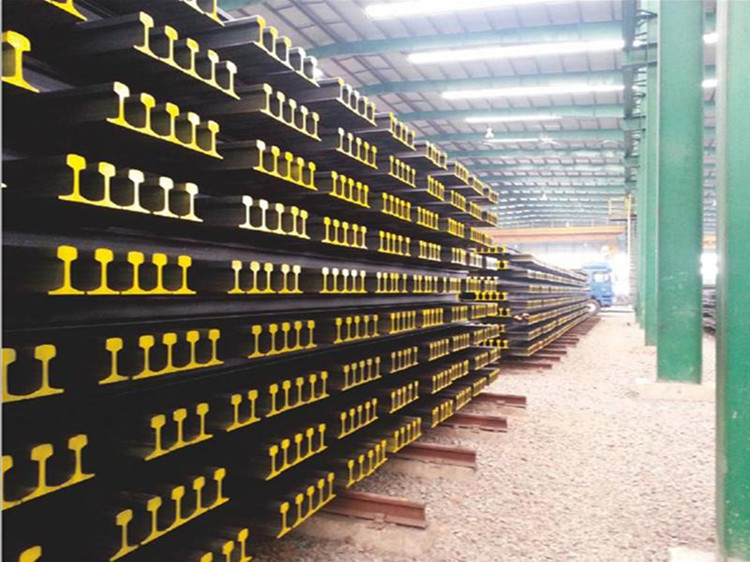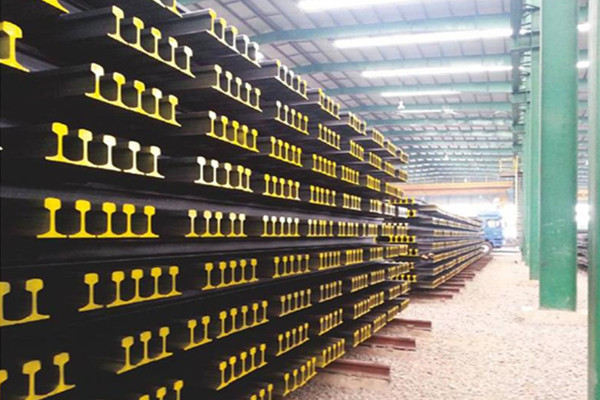Modern railway rails are all I-shaped. The I-shaped section was first designed by American engineer Stevens in 1830. It is called I-shaped section in China and T-shaped rail abroad.
The rail type was called rail type or style in the old days. Now the rail standard is called rail type. The American standard calls the rail type the rail section; the European standard calls it the rail profile; the Japanese standard calls it the rail type.

The rail types include light rails (9~30kg/m rails), grooved rails for trams, crane rails, heavy rails (38kg/m and above, actually 38, 43, 50, 60, 75kg/m), turnout rails, etc. Among them, the most widely used is the heavy rail.
Due to the need for force and processing, turnout rails are classified into three categories by European standards: asymmetric rails, symmetrical thick-waisted rails and symmetrical full-waisted rails. At present, the only rails for turnouts included in China's standards are asymmetric rails, such as 50AT1, 60AT1, etc.
China's railway lines use a large number of 60kg/m rails; the United States railways have heavy axle weights (up to 30~35t), and mainly use 68kg/m (136RE) rails.



Get In Touch